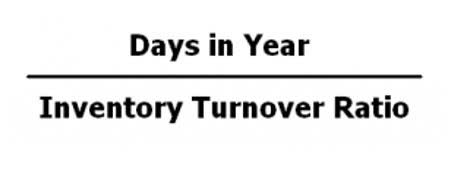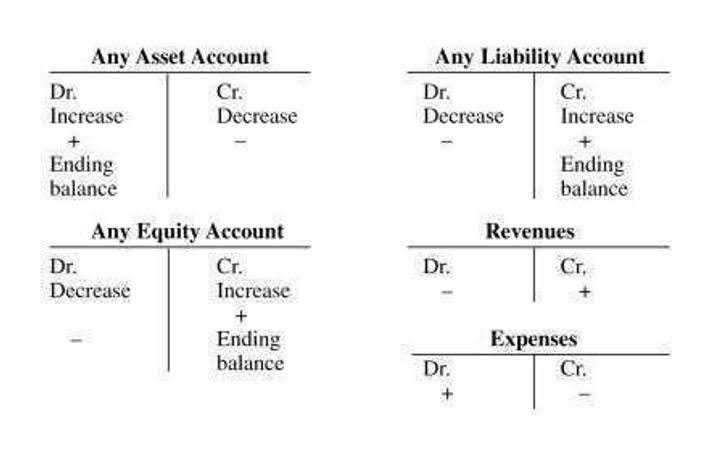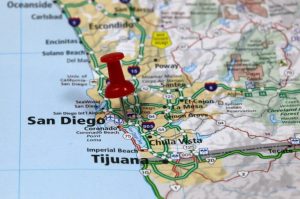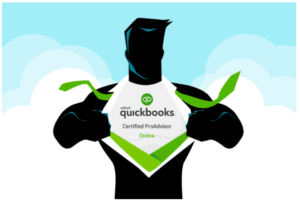
Such collaborations help in maintaining a balanced cash flow, crucial for operational stability. Nonprofit accounting software like QuickBooks and Xero provide real-time tracking of cash flow. These platforms offer features like automated reconciliations and donation tracking.

How Much Does Bookkeeping for Small Businesses Cost?
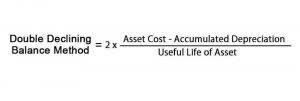
The NFP gets accurate financial reports and advice from an expert to help them make informed financial decisions for the short- and long-term. As a nonprofit leader, you’re likely accustomed to being given advice that tells you to manage your money just like you would if you were leading a for-profit company. The problem with this advice, however, is that cash flow in a nonprofit is not the same as cash flow in a for-profit. Other options are to engage in fundraising activities such as galas, setting up an eCommerce site to sell merchandise or hold virtual fundraisers. These activities can be a great way to generate additional revenue, and they also help to raise awareness for your nonprofit.

Invest Any Budget Surplus

By understanding cash flow and planning ahead, we can avoid problems and shortages, provide stability to our organizations, and take advantage of opportunities to purchase capital assets and build organizational capacity. The frequency will depend on how closely the organization’s cash flow needs to be monitored. Each component of the nonprofit business model—the delivery model and the funding model—has implications for organizational cash flow that should be understood for effective financial planning.
- Effectively managing your cash flow, compliance, regulations, and reporting requirements can be overwhelming, especially without a team specializing in each of these areas.
- Another may see much of its cash come in from an annual campaign timed to take advantage of end-of-year holiday (and tax write-off) giving.
- When you anticipate cash flow shortfalls, there are a number of strategies that can help prevent them.
- The frequency will depend on how closely the organization’s cash flow needs to be monitored.
- One example of this is sweep accounts, which are becoming increasingly popular as interest rates have risen.
- Make sure you’ve identified how much money you have in your financial reserve and why you have it there so it is clear you aren’t trying to get away with anything.
- This means estimating how much money you will need to cover unexpected expenses each year and then setting aside that amount in your budget.
Track and manage time
Our use of the terms “our firm” and “we” and “us” and terms of similar import, denote the alternative practice structure conducted by Smith & Howard PC and Smith & Howard Advisory LLC. If your lease is about to expire, it’s likely to be easier and less expensive for your landlord to renegotiate terms than it would be to start looking for a new tenant. As any organization leader or major gift officer who has found themselves in nonprofit cash flow statement this situation will likely tell you, this withholding of information is usually the result of a deep-seated fear. There’s a concern that major backers will withdraw support if they knew the truth about operational costs. We also use different external services like Google Webfonts, Google Maps, and external Video providers. Since these providers may collect personal data like your IP address we allow you to block them here.
The essentials of cash management for nonprofits
Meanwhile, most donors want to know their money is going towards doing good work in the community. It’s a good idea to review your financial policies (and all your policies) at least annually and revise them as you see fit. You can always revise your policies by a board vote if you run into https://www.bookstime.com/ a situation that prompts you to change the policy right away. We strive to provide nonprofit leaders with useful resources, tips, and tools that you can use at your organization. We’d love to hear your feedback about this content and anything else you would like to see more of from NFF.
- For instance, a nonprofit might experience seasonal donation spikes, which can mask underlying budgetary shortfalls.
- Having a contingency plan can help ensure that your nonprofit will have sufficient cash flow to weather the unexpected.
- Proper management also enhances credibility with donors, who look for transparency and fiscal responsibility.
- As mentioned earlier, traditional bank accounts have a limited amount of FDIC coverage—only up to $250,000 per account is insured.
- Accurate bookkeeping also allows the organization to generate its statement of activities, statement of financial position, cash flow statement, and statement of operations.
Have a reserve fund to cover short-term cash shortages
- Cash management can feel overwhelming, but it’s essential to the success of your nonprofit.
- These software programs help nonprofit leaders understand when to pay vendor invoices for optimal cash flow, ensuring predictable cash flow and healthy vendor relationships.
- In this blog post, we’ll explore key strategies that nonprofit organizations can implement to improve their cash management practices.
- This is especially important during times in which many things are in flux, as is the case during a global pandemic, for example.
- Additionally, limited access to credit markets and varying fiscal needs add to the complexity.
- If not, they might need to be removed to free up resources for more effective programs.
- You can optimize your budget to maximize ROI in your nonprofit by evaluating the profit and loss of each of your programs.
How to Avoid Cash Flow Problems
- It’s common for boards to take up the task, but your board could just as easily delegate the task to a financial planning committee.
- Unlike for-profit businesses, nonprofits often face unique challenges like fluctuating donations and grant cycles.
- To learn more about Smith + Howard’s accounting support for nonprofit organizations, contact an advisor today.
- If you overlook the restriction, it could cause legal problems for your nonprofit.
- It’s not just about crunching numbers; it’s about understanding the intricate dynamics of cash flow and incorporating that understanding into your financial planning.



